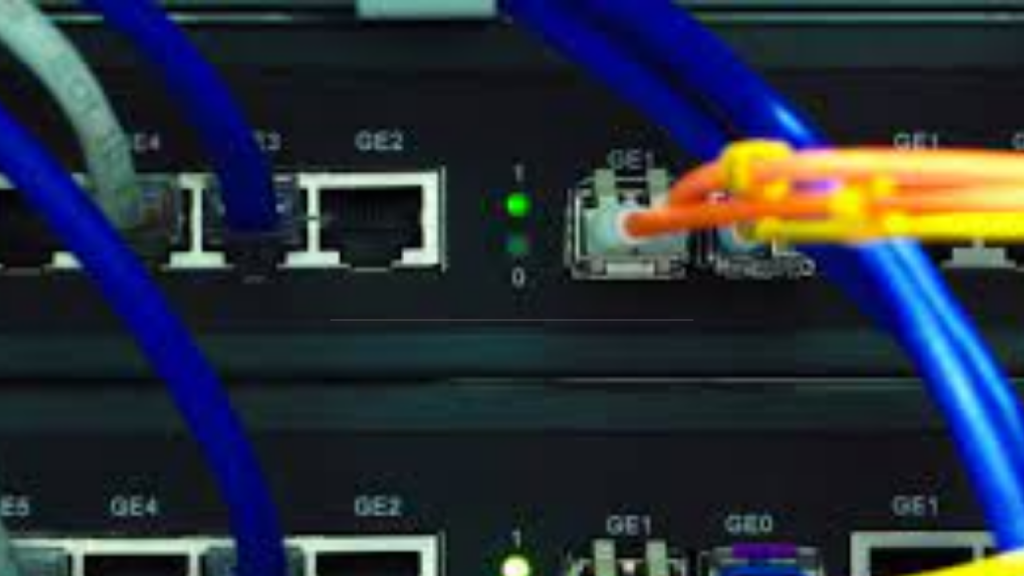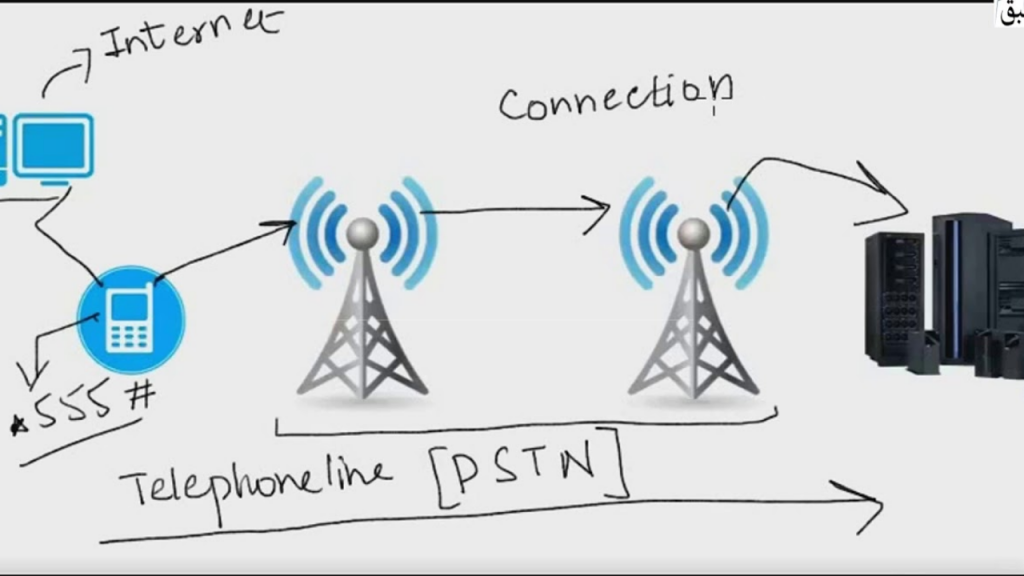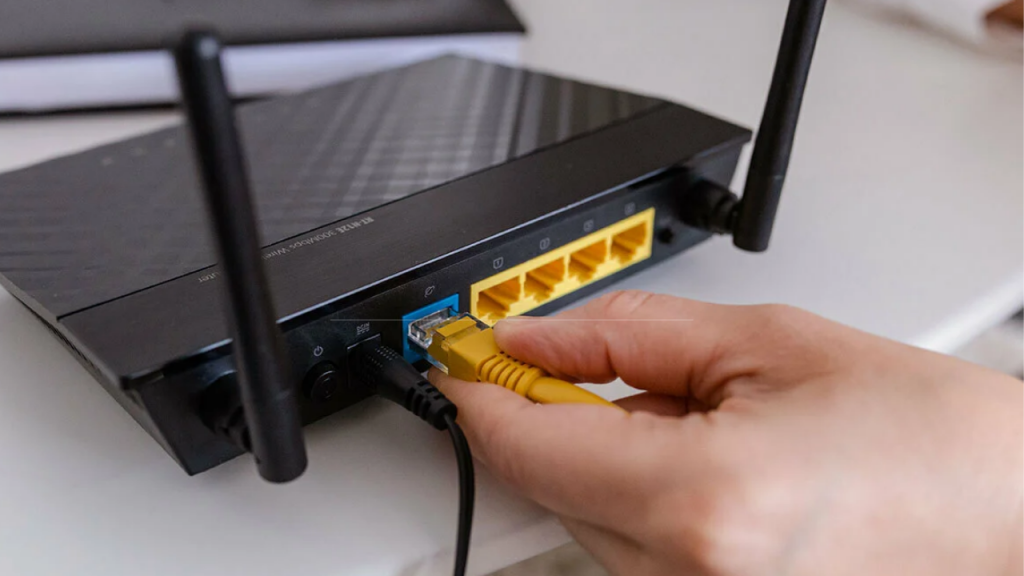Physical internet connection is the physical layer of internetworking, through which data is transmitted from one location to another over a network. A physical layer is the lowest layer of the seven-layer OSI model, and it includes the physical transmission media and the physical links between nodes.
Most people would agree that the internet is the fastest way to get information. However, Which Physical Connection Is The Fastest? According to a recent study, the physical connection between a person and a computer is the fastest way to get information.
The study found that when a person is physically connected to a computer, they are able to download information at a rate of 3.6 megabytes per second. This is more than double the rate that which someone can download information over the internet.
8 Types of Physical Connections
There are seven types of physical internet connection: wired, wireless, mobile, Fiber Optic, Dial-up, Ethernet, and satellite but Which Physical Connection Is The Fastest?
1. Fiber Optic
There are many different types of internet connections, but Which Physical Connection Is The Fastest? the best is fiber optic. Fiber optic is a type of internet connection that uses light to transmit data. This makes it much faster than other types of connections, like cable or DSL.

Fiber optic is also more reliable because it doesn’t rely on copper wires to transmit data. This makes it a great choice for businesses and for people who need high-speed internet access.
2. Wired connections
When it comes to internet connections, there are two main types: wired and wireless. Wired connections use physical cables to connect devices to the internet, while wireless connections use radio waves. Wired connections are generally more reliable and faster than wireless connections, but they can be more expensive and require more setup.

Wired connections are typically used in homes and businesses. In a home, a wired connection might be used to connect a computer to a router, which then connects to the internet. In a business, a wired connection might be used to connect multiple computers to a single internet connection.
3. Wireless connections
There are many different types of physical internet connections. One common type is a wireless connection. This uses radio waves to connect devices to the internet. A wireless router is used to create a local network and provide access to the internet. Another type of wireless connection is called a hotspot. This uses public Wi-Fi network to provide internet access.

4. Broadband Connection
A broadband connection uses a telephone line to deliver high-speed internet service. There are also wireless connections, which use radio waves to connect devices to the internet. A wireless connection can be used anywhere there is an available signal.

Mobile connections use a cellular network to provide internet service. A mobile connection is perfect for people who are on the go because it allows them to stay connected even when they are not at home or work.
5. Satellite connections
If you are looking for a physical internet connection that is not through a cable, you may want to consider a satellite. Satellite connections are available through a number of providers, including Dish Network and AT&T.

One of the benefits of the satellite is that it is not as affected by weather conditions as other types of connections. This can be important if you live in an area where bad weather can cause internet outages. Another benefit of a satellite is that it tends to be more affordable than some other types of connections.
This can be especially helpful if you have a limited budget or if you are on a tight data cap. However, there are some downsides to satellite internet. One is that it can sometimes be slow due to the distance the signal has to travel from the satellite to your home.
6. Dial-up connections
There are many different types of physical internet connections. Dial-up connections are one type. Dial-up connections use a telephone line to connect to the internet. They are not as fast as other types of connections, but they are still popular because they are inexpensive.

7. Ethernet connections
There are three types of Ethernet connections: wired, wireless, and Powerline. Wired Ethernet connections use a physical cable to connect devices to the internet. This is the most common type of Ethernet connection and is typically the most reliable. Wireless Ethernet connections use radio waves to connect devices to the internet.

These connections are typically slower than wired connections, but they offer more flexibility since they can be used in places where there is no available cable outlet.
8. Powerline Ethernet Connections
Powerline Ethernet connections use electrical wiring to create a network connection. They are not as fast as wired or wireless connections, but they are a good option for connecting devices in places where there is no available Wi-Fi signal.
Which Physical Connection Is The Fastest?
Which Physical Connection Is The Fastest? To answer the question, we first need to understand what makes a connection “fast”. Generally, a fast connection will have high bandwidth and low latency. Bandwidth is the amount of data that can be transferred at once, and latency is the delay between sending and receiving data.

Fiber optic connections have the highest bandwidth of any type of internet connection, followed by cable connections. However, cable connections also have higher latency than fiber-optic connections. This means that fiber optic connections are generally faster than cable connections.
Conclusion
In conclusion, it is clear Which Physical Connection Is The Fastest? the fastest physical connection is the wired one. While Fiber optic connections are becoming faster and more popular, they still cannot compete with the speed and reliability of a wired connection. If you need to transfer large files or want the best possible online experience, then a wired connection is the way to go.
It can achieve speeds up to 940 Megabits per second (Mbps), which is much faster than the speeds offered by other physical connections. If you are looking for a fast and reliable connection, then Ethernet is the way to go.

